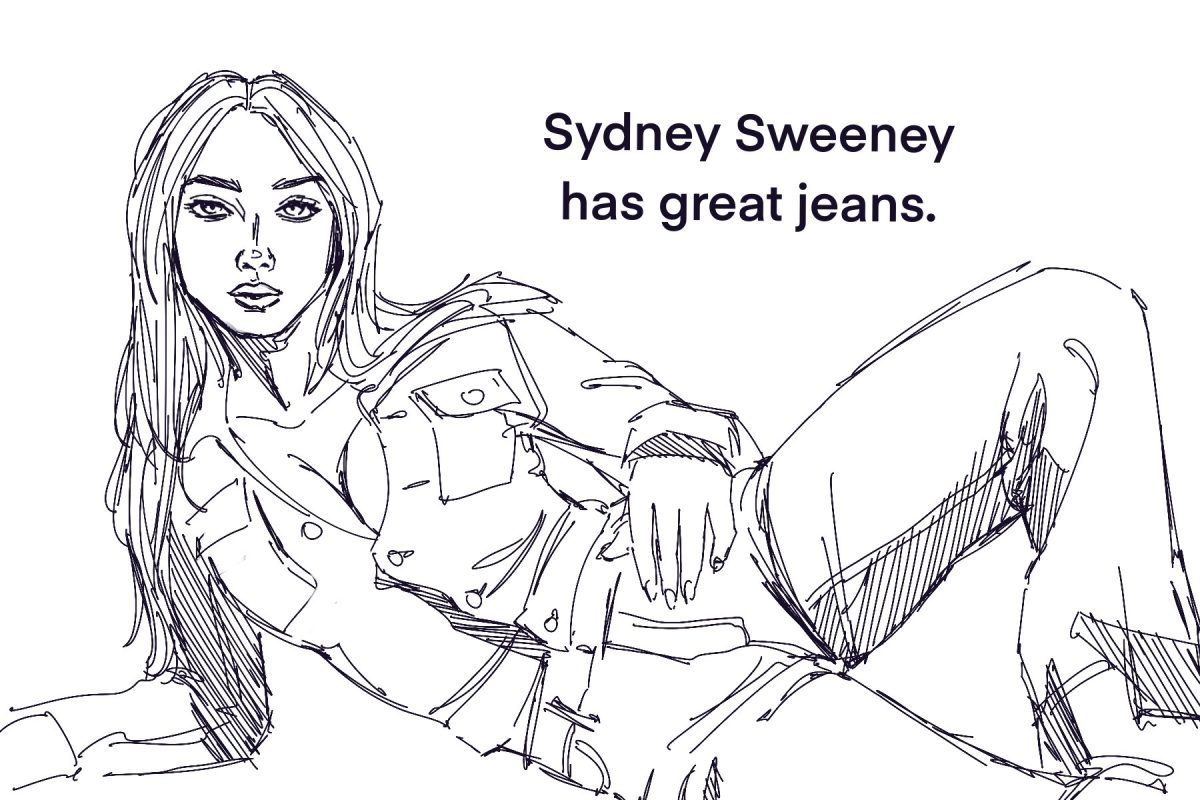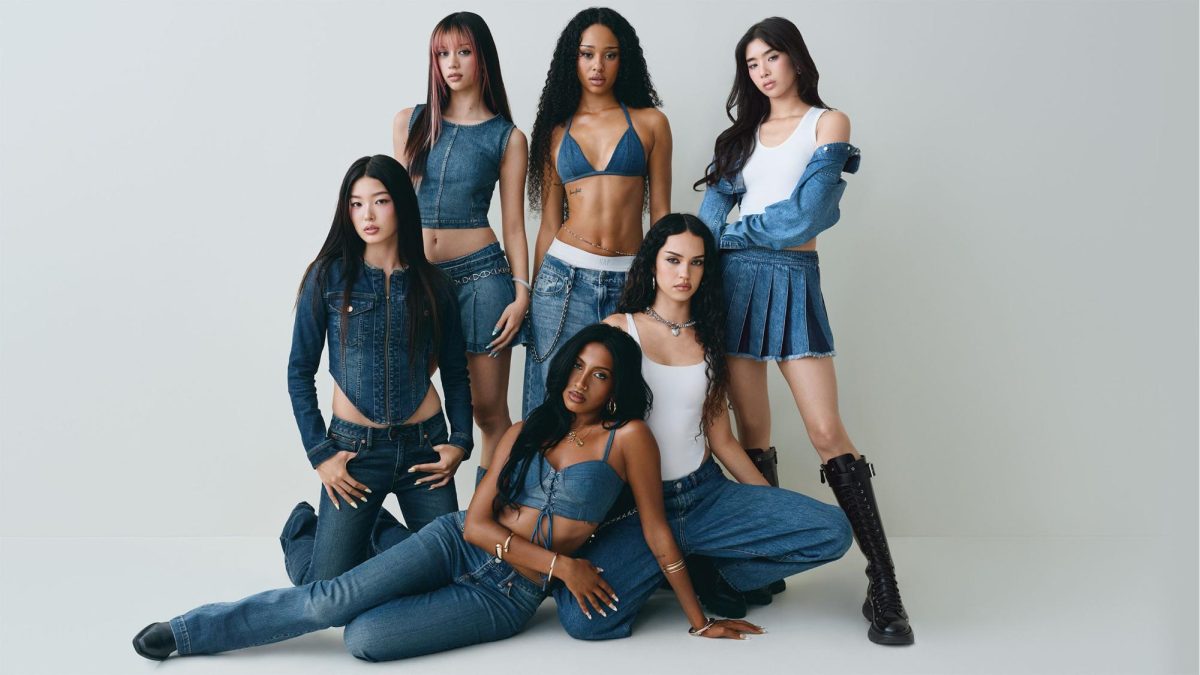The rise of Gen Z culture is undeniably intertwined with the phenomenon of TikTok. From viral trends to new aesthetics, the influence of this platform is hard to escape. However, as we become immersed in the “-core” aesthetics (such as cottagecore or the fading Barbiecore) and the consumerist culture they promote, it is essential to take a step back and consider the implications of consumerism. When somebody feels the need to constantly buy things to fill a hole inside themselves or to fit in with the latest trends, they fall right into big business traps.
The terms “aesthetic” and “core culture” have become increasingly prominent in discussions surrounding identity, personal expression, and online communities. At their core, these concepts deal with the visual and thematic elements that define individual and group identities, as well as the shared values and practices that tie these communities together.
One prominent issue that arises from our obsession with labeling everything is the perpetuation of consumerism. The constant desire for the latest trends leads to overproduction by fast-fashion giants like SHEIN and Fashion Nova. These companies churn out cheaper versions of what’s currently in vogue, fueling a cycle of consumerism.
Take, for instance, the fleeting trend of the “Coconut Girl” aesthetic that took TikTok by storm in 2021. While it captured the attention of many, its popularity waned within months. Yet, hordes of individuals rushed to purchase specific clothing items like sheer tops to embody the new aesthetic, only to discard them once the trend faded.
The aftermath of these impulsive purchases is concerning. The garments, often of subpar quality, end up discarded, contributing to environmental waste. Fast fashion’s reliance on low-cost production not only compromises the durability of the clothing but also exacts a heavy toll on the planet. The pollution generated by these manufacturing processes poses a grave threat to our environment and health. Another negative impact of fast fashion is the labor it takes to manufacture these garments. The workers, usually women (and often children), are egregiously underpaid and overworked.
By reflecting on the consequences of our consumption habits, we can strive for a more sustainable and mindful approach to fashion. Opting for quality over quantity, supporting ethical brands, and embracing timeless styles are steps towards reducing our impact on the environment and fostering a more conscious consumer culture.
To combat consumerism would be to first look to your local thrift stores before buying from big businesses. Shopping second-hand not only gives clothing a second life but also significantly reduces the demand for new items to be produced. Thrift stores are treasure troves of unique finds that can add character to your wardrobe while being kinder to the planet.
Moreover, embracing a minimalist approach to fashion can help shift our focus from constantly chasing trends to cherishing what we already own. By curating a wardrobe filled with versatile pieces that stand the test of time, we can break free from the cycle of mindless consumption and reduce our environmental footprint. Yes, perhaps the Stanley Cup is popular, but I’m sure your old Hydro Flask still works perfectly fine. Take a second to think before buying the trendy equivalent of something you already own.
This article also appears in our April 2024 print edition.








